- WAS [the newsletter]
- Posts
- WAS THE NEWSLETTER #97
WAS THE NEWSLETTER #97
THE MAK CENTER

#97
I’m Paige Wassel. WAS the Newsletter is your weekly dose of design inspiration, where we love a concrete wall.
The MAK Center: Schindler, Vienna, and Why You Should Care
If you’re into design and architecture, the MAK Center in LA is basically a pilgrimage site. And ’m talking beloved. (So brace yourselves because I’m about to get real excited about concrete slabs and Austrian modernists.) The MAK Center is the Los Angeles outpost of MAK Vienna. This spot was founded in the ’90s to give Schindler’s work a proper stage.
No, Not the Guy with the List
This museum is not an homage to the Spielberg movie guy. I mean R.M. Schindler, the Austrian architect who came to LA and decided walls were optional. He was one of the first to treat space, light, and air like building materials. His design had an emphasis on “spatial architecture,” meaning he didn’t look at architecture purely as form or façade.
Instead, he considered space as a #mood.
In SoCal, that meant designing with consideration for how the sun moved, how air flowed, and how morning light entering through clerestories or galleries could become part of the composition. Trust me, these were radical ideas at that time. That’s why his houses still feel fresh and exciting a hundred years later.
What Happens There
The MAK Center isn’t just a “museum,” at least not in the traditional sense. (Although some of the regular rules apply, like don’t bring an oat milk latte or your purse dog, and don’t put your hands all over everything.)
The MAK hosts artists and architects from around the world for residencies, exhibitions, and incredibly cool collaborations. They put on the kind of programming that will make you question why you ever settled for anything from the Studio McGee Collection at Target. The MAK is not just about design so much as it is about the theoretical ideas driving art and architecture. (But if you just want to go and look at stuff, that’s okay, too.)
Three Houses, One Genius
The campus is composed of three Schindler designs:
The Schindler House in West Hollywood. This home is essentially the birthplace of indoor-outdoor living, long before California real estate agents began using that phrase. When it was built in 1922, the home was a social experiment disguised as architecture. Schindler designed it for two couples to live communally. There are four separate studio spaces, a shared kitchen, and outdoor sleeping porches that sound sorta insane until you remember this is California.
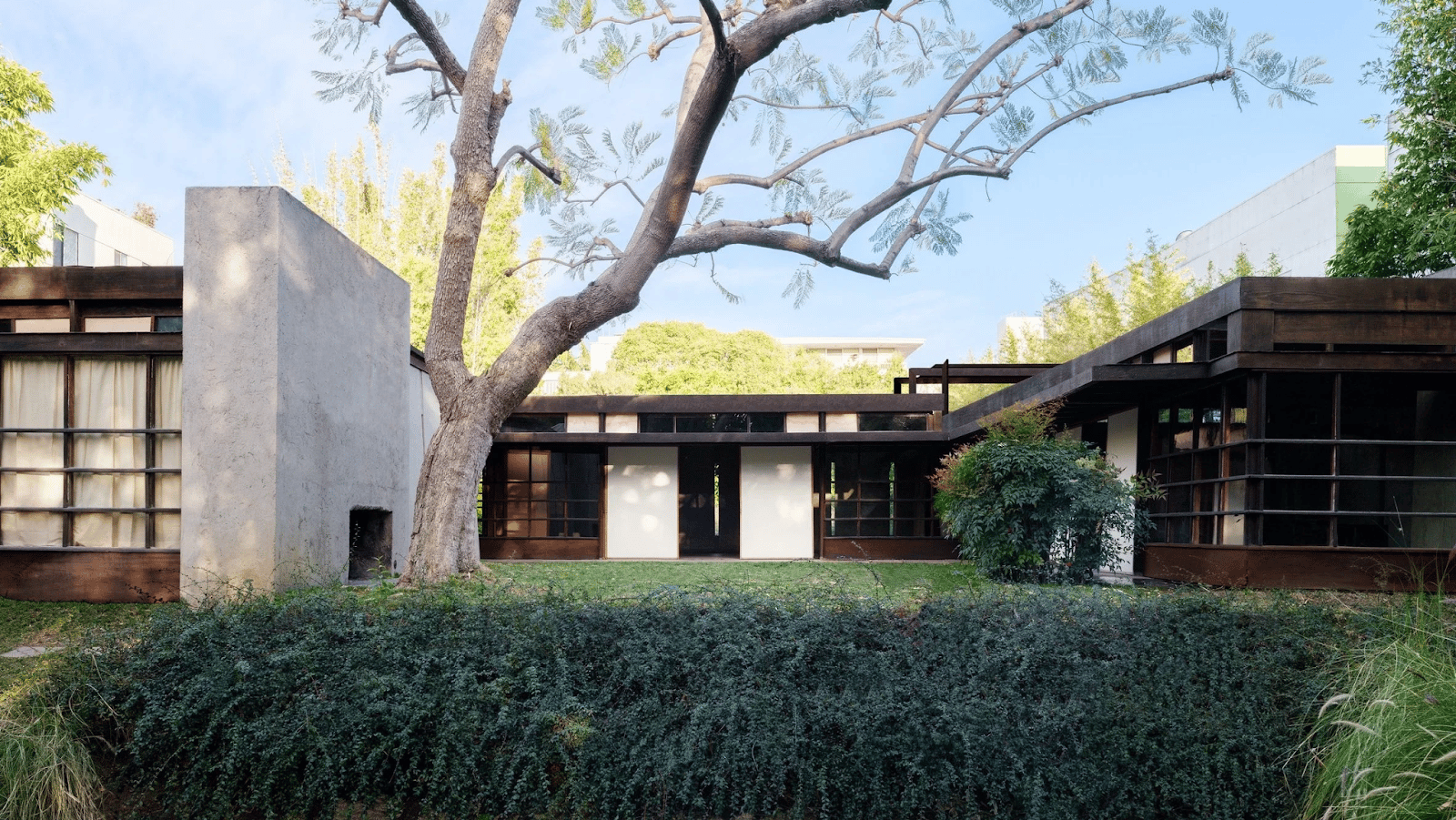
   |    |
Instead of carving up space into cookie-cutter rooms, he designed walls of tilt-up concrete, sliding panels, and gardens flowing straight into patios. He treated indoors and outdoors as if they were the same thing. While it looks minimal now, in the 1920s, no one had seen anything like it before. People were still living in dark, chopped-up houses, not knowing there was an alternative. Schindler wanted light, air, and freedom of movement.
The Mackey Apartments. In this program, artists and architects live on-site for six months. Then, at the end of their term, visitors get to see whatever they’ve been cooking up. I’m talking installations, experiments, and projects that push beyond the boundaries of a traditional gallery show. It’s part art show, part architectural remix, and entirely badass.
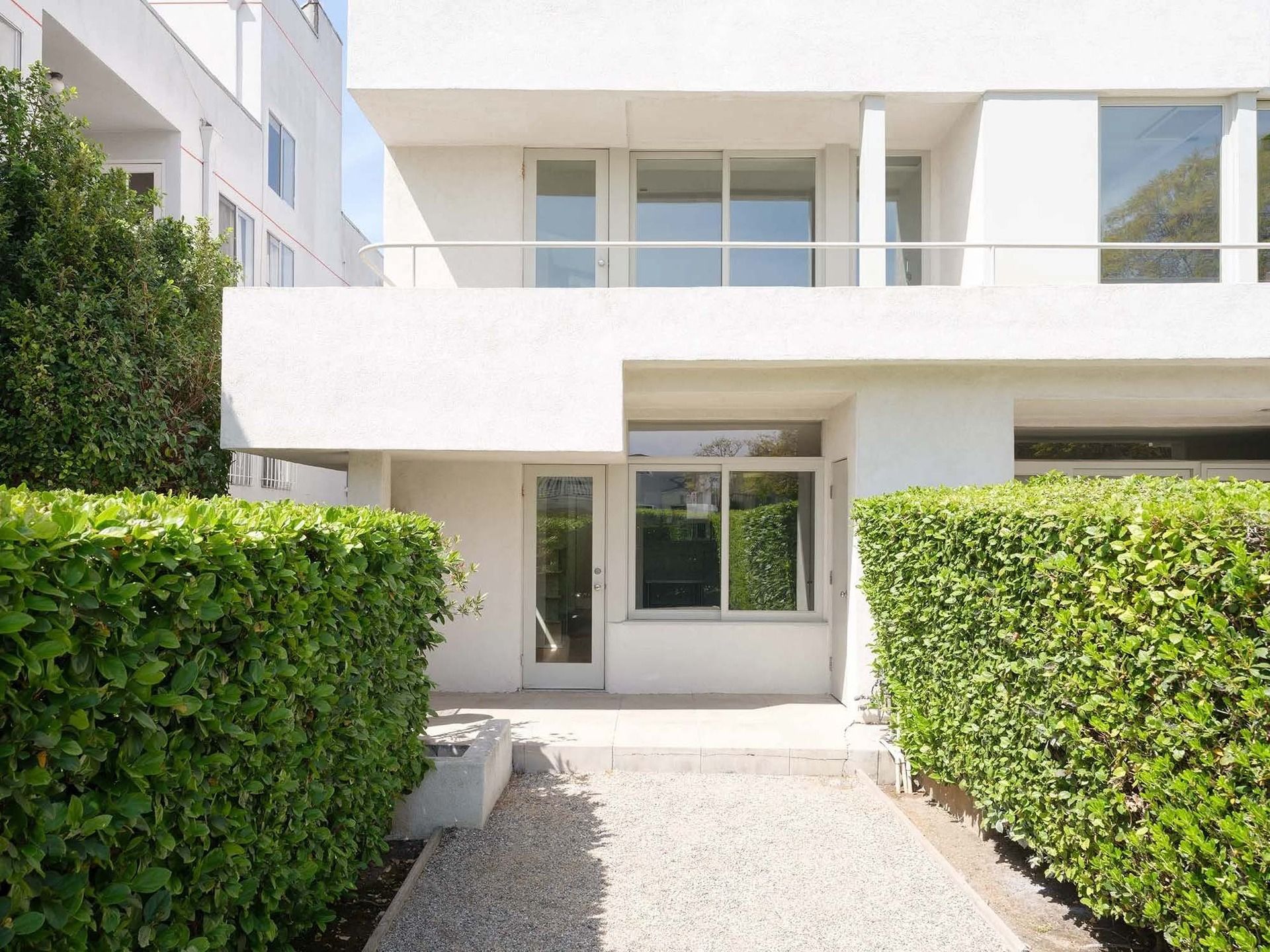
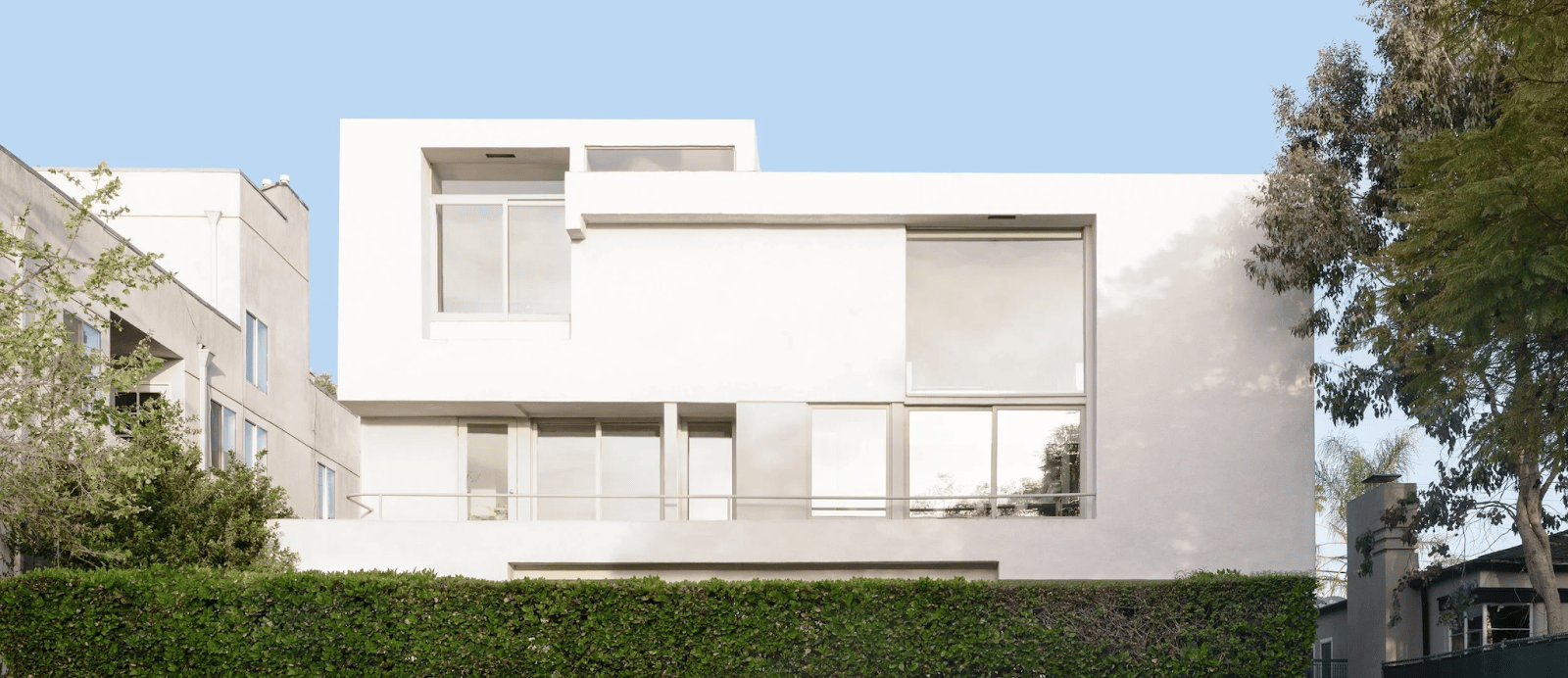
The Fitzpatrick-Leland House. Schindler built this as a spec house in 1936 because he wanted to demonstrate what modern living could look like. He was obsessed with clean lines, glass, and the aforementioned blurring between the indoors and outdoors. What I love is that it’s more than just a display. It’s used as a residency spot and as a stage for talks and events. Plus, the views remind you why everyone moved to LA in the first place. Schindler was one of the first to design for light, mood, and climate. His philosophy was that architecture isn’t just walls and roofs; it’s space, and it’s how you feel walking through it. He called it “space architecture.”
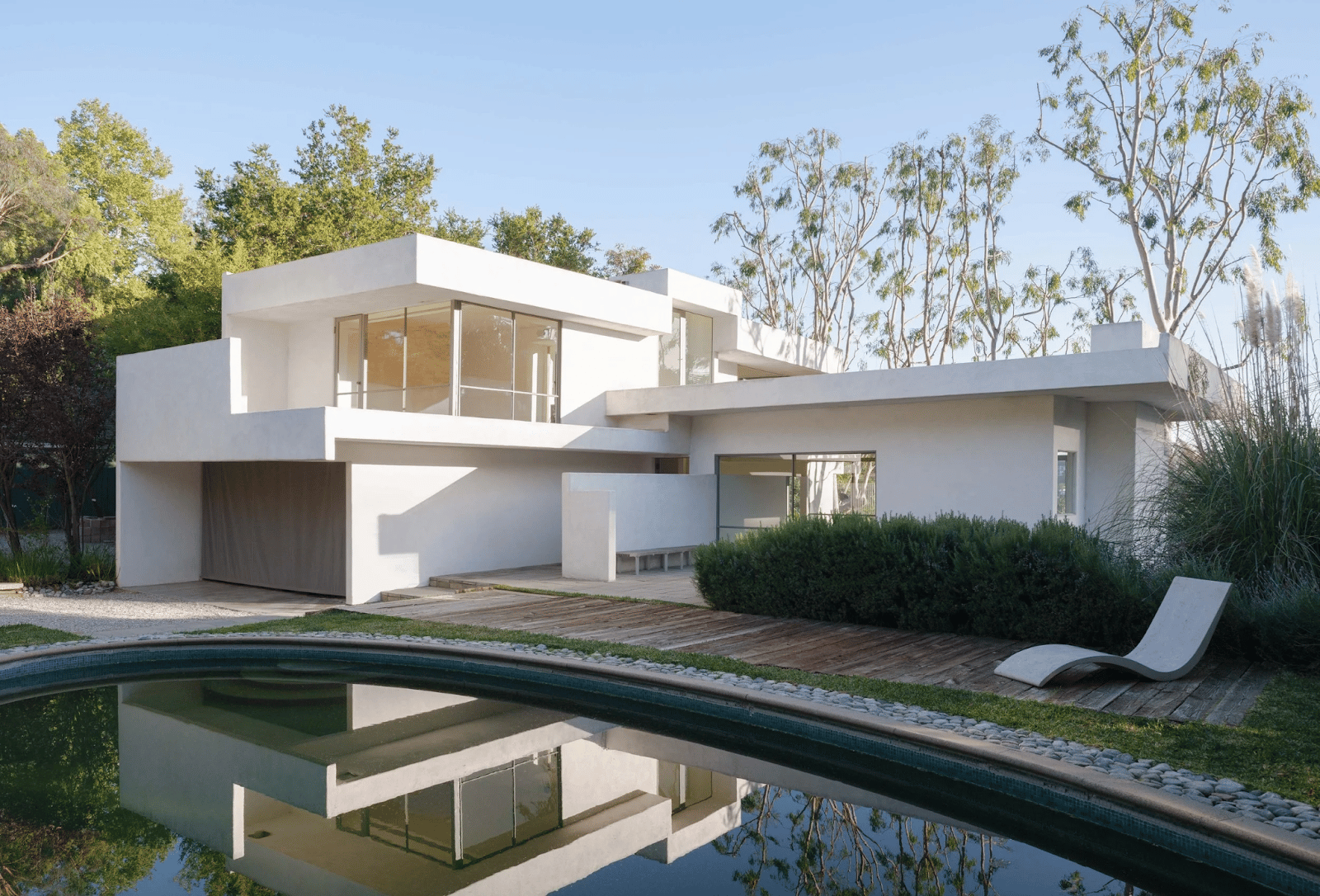
   |    |

Coming Soon: Agnes Denes
The next big exhibition is The Future Is Fragile. It starts in October and features Agnes Denes. If you’re unfamiliar, she’s the artist who once planted a wheat field in Manhattan two blocks from the World Trade Centers to make a point about land and resources. And this was back in the 1980s, before anyone was talking about the environment. Her show asks us to rethink industrialization, ownership, and land as something we share. She’s an icon, obvi.
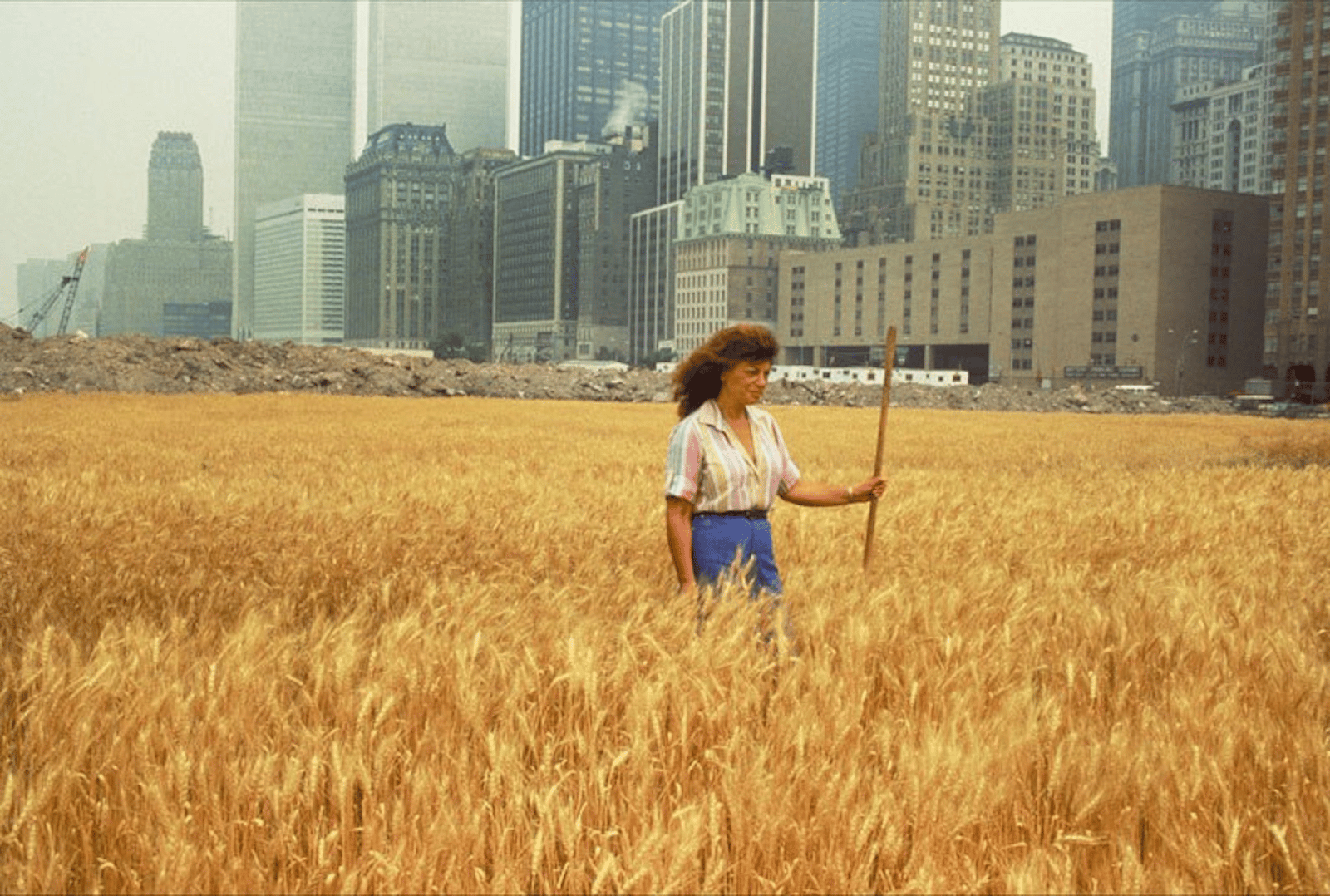
Why You Should Visit
The MAK Center is not just for architecture nerds, though if you are one, you’ll lose your GD mind. Instead, the MAK is for anyone who likes being in spaces that feel alive, that make you think about how we live together, and that still have the power to surprise.
Take a friend and pretend you’re “just there for the art,” but secretly fall in love with the concrete walls. Shop the bookstore, buy the postcards. Leave with bragging rights.
So… go already.
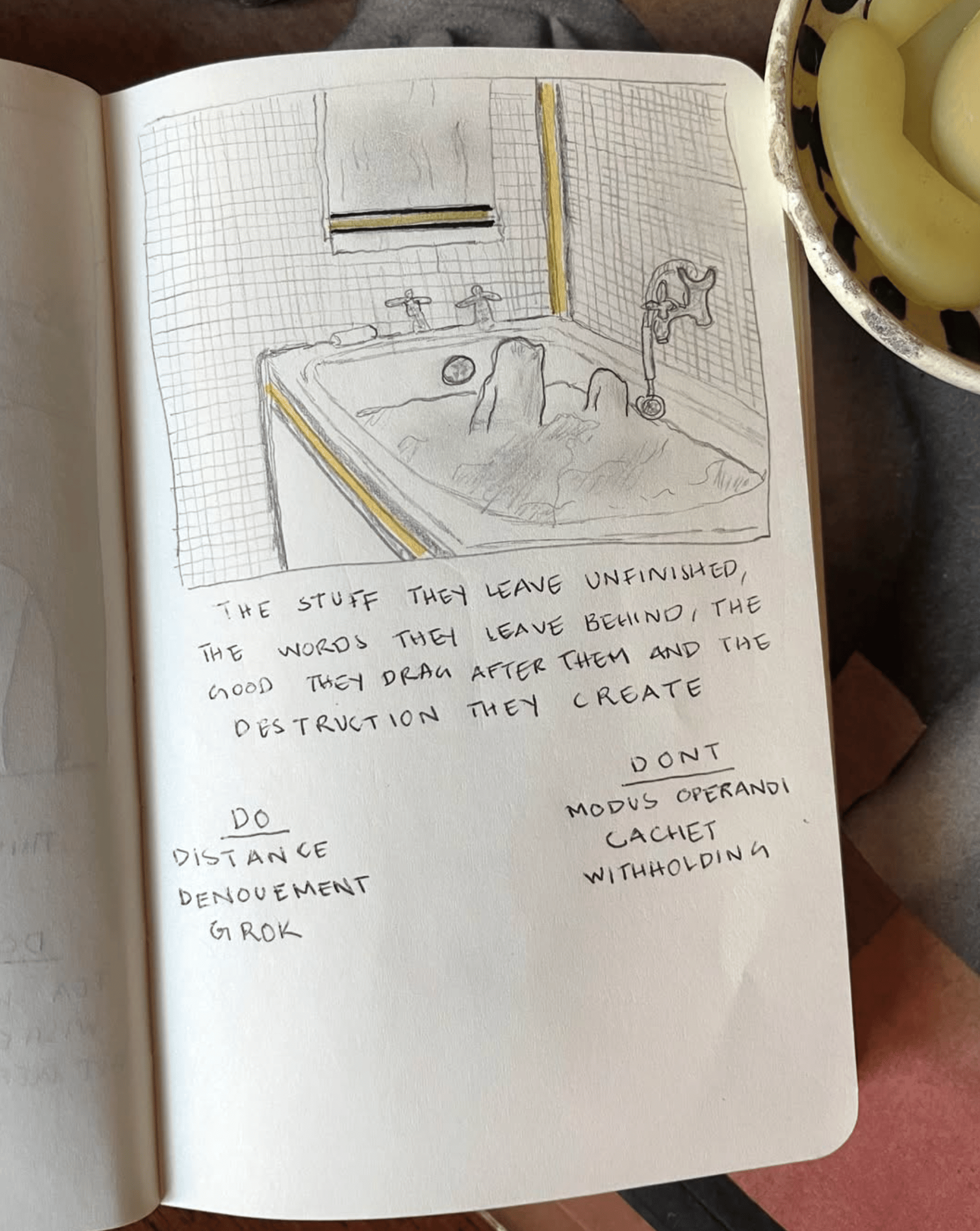
xx,
P